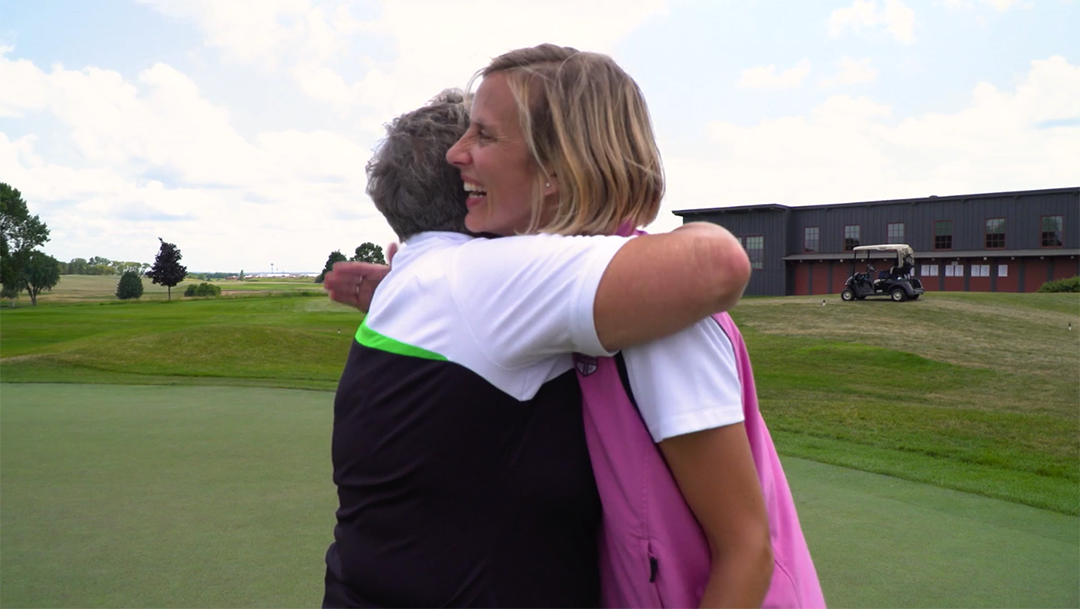What Private Club Leaders Need to Know Before Producing a Club Video
It’s been said that a picture is worth a thousand words—so what does that make video worth?
3 min read
 Ed Heil
:
June 13, 2025
Ed Heil
:
June 13, 2025
Producing video content isn’t just about grabbing a camera and hitting record. For private clubs, the best videos come from thoughtful collaboration between club leaders and creative professionals who understand storytelling, audience needs, and the purpose behind each piece. In a recent Crushing Club Marketing episode, Ed Heil and Steve Mulholland pulled back the curtain on how they approach client video projects together and what you can learn from their process.
When planning a club video, you need both logistical oversight and imaginative vision. As Steve puts it, “Producers are the ones with the spreadsheets; creative directors are the ones with the markers.” But that doesn’t mean they operate in silos. The magic happens when these two perspectives combine.
One mistake inexperienced producers often make is jumping straight into logistics, like booking a shoot, before defining what success looks like. Steve and Ed agree that everything starts with clarity. What do you want the viewer to feel, think, or do after watching?
“You can’t talk about production until you know the strategy,” Ed says. “What’s the purpose of the video? Who are we trying to reach?”
For example, a club tour video shouldn’t just showcase spaces. It should tell a story that helps prospects imagine themselves there and address specific interests or concerns. Likewise, a staff introduction video should convey warmth and connection, not just names and titles, so prospects can get a sense of the club’s culture and new members feel comfortable using the space.
Before a single frame is shot, the best teams invest time in discovery. This includes learning the club’s values, speaking with leadership, and understanding the membership experience from multiple angles.
Steve shares, “It’s not about showing off every amenity. It’s about showing who you are. That’s where trust comes in. When club leaders trust us to tell their story, that’s when we can make something that really connects.”
This phase is often where the creative director asks unusual or even uncomfortable questions like, “Why does your club exist?” or “What do members feel when they walk through your doors?” These aren’t just icebreakers. They help the team understand the heart of the club and are essential to crafting an authentic narrative.
Once the direction is set, the production team can plan a shoot that’s both structured and adaptable. “We always come in with a plan,” Ed explains. “But we’re not married to it. You’ve got to leave room for magic. Those spontaneous moments can’t be scripted.”
That could be an off-the-cuff comment from a member, an unexpectedly beautiful lighting moment, or an emotional line from a staff interview. Being ready to capture those moments is what separates average content from great storytelling.
On-camera interviews are a key component of most videos, whether it’s a general manager explaining club culture or a member sharing their experience. These interviews can convey honesty and sincerity, but they require thoughtful preparation to help people feel confident.
“Most people aren’t professional speakers,” Steve notes. “They’re going to show up nervous. So we do everything we can to make them comfortable.”
That includes:
Ed adds, “It’s not about perfect lines. It’s about getting to the truth. And you only get that when someone forgets the camera is there.”
The last, and arguably most important, stage is post-production. This is where the strategy and story finally come together. As Steve puts it, “This is where you decide what not to include.”
More than that, it’s when additional graphics or images are added if needed, and music is selected. These elements can emphasize both message and emotion. The wrong music choice can be the difference between a video that soars and one that sinks. As Steve advises when it comes to music, “Go big.” A piece that feels “too big” is better than one that wilts next to the story.
If you’re planning a video project for your club, here are a few key lessons from Ed and Steve’s collaboration:
If you’re planning a video project for your club, here are a few key lessons from Ed and Steve’s collaboration:
Start with purpose: Before you film anything, define the “why” behind the video.
Do your homework: A strong discovery phase leads to more authentic, effective storytelling.
Prep your people: Interview subjects always perform better when they feel safe and seen.
Don’t over-script: Allow space for real moments and unexpected insights.
Think story-first: Great videos make people feel something, not just learn something.
Whether you’re filming your first club tour or refreshing your member onboarding content, success starts with the right collaboration. As Steve and Ed demonstrate, when creative vision and strategic production work hand in hand, the result isn’t just a good-looking video. It’s a story that connects.

It’s been said that a picture is worth a thousand words—so what does that make video worth?

Since 2005, StoryTeller has been a trailblazer in video production and marketing, serving diverse sectors from manufacturing to education. We are...

This blog was updated for accuracy and relevance on March 6, 2025.